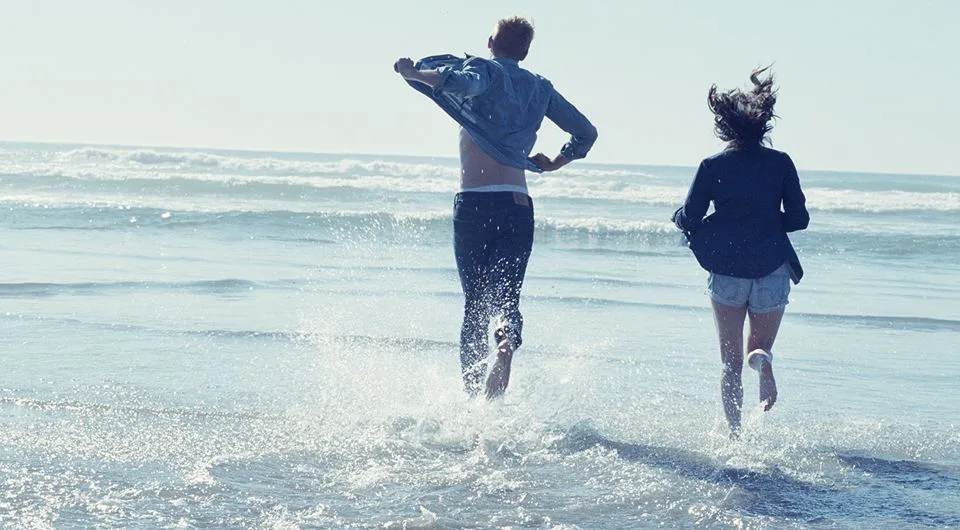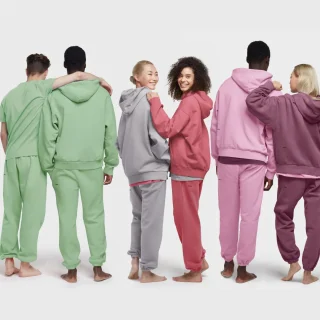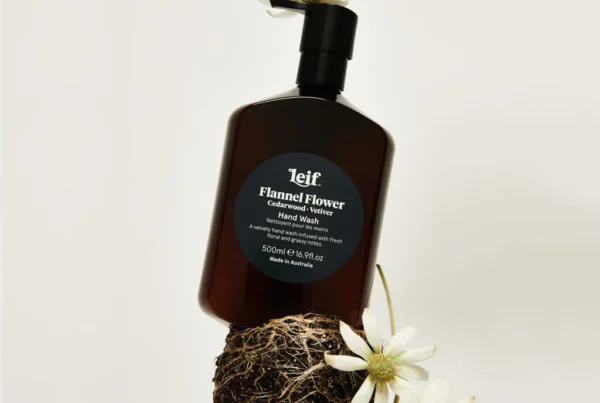This Earth Day 22nd April 2022, consider adopting these 3 instant personal changes you can make right now to help save the planet.
1. Reduce Waste and The Use Of Plastic
Plastic isn’t biodegradable, because it isn’t a natural material, and that’s what makes it so damaging to the environment. And if it does manage to break down, it’s extremely toxic to surrounding ecosystems.
Unfortunately, the majority of plastic waste is sent to landfills. According to the journal Science Advances, of all plastic produced, only 9% is recycled properly. If it doesn’t end up in landfills, it often ends up in the ocean, where it is consumed by marine animals. For the animals, this often results in death, but it also means that the fish we eat contains microplastics.
Of all the polluters, plastic packaging is one of the biggest generators of plastic waste. Mostly, plastic packaging that is sent to landfills, because there is so much of it, often ends up being burned. When burned, plastic emits toxic chemicals and pollutants. Not only are these bad for the environment, but they’re also dangerous for us.
2. Make Planet Friendly Fashion Choices
Fashion is perhaps the industry where sustainability is the biggest buzzword of the moment. According to Forbes, it’s the second-largest polluter in the world, after the oil industry. The apparel industry, it says, accounts for 10% of global carbon emissions.
Brands Big and Small Are Climbing The Sustainability Bandwagon
Just take H&M or Zara. Both of these international brands claim to be big on sustainability, with H&M arguably leading the charge. On its website, H&M claims to have sustainability at its core, with “responsible purchasing practices” playing a vital role in the sustainability journey of the brand. This year, according to the Fashion Transparency Index, which ranks brands on “how much information they disclose about their suppliers, supply chain policies and practices, and social and environmental impact”, H&M ranked second out of 250 brands.
But it can be difficult for consumers to know whether they can take big brands at their word. Big brands are often accused of “greenwashing”, an exaggeration of their sustainability practices.
According to Jheni Osman, science journalist, author, and presenter on BBC Radio 4’s Costing the Earth via ClientEarth, this involves misleading consumers, without actually breaking the law by making any truly false claims. Often, these big corporates are simply unable to keep up with consumer demand for change.
Greenwashing is largely successful only because of a lack of consumer education around proper sustainability practices.
Choose your cloth
The fabric that garments are made of can have a significant impact on how sustainable the end product is. For example, while cotton as a textile is breathable, comfortable to wear, and “natural”, the crop itself is water-hungry.
Cotton is, of course, the fiber behind perhaps the most popular and widely worn garments in the world: jeans. This is one of the reasons why Levi Strauss & Co began its Water<Fewer programs worldwide. According to the company, this process is used across fabric-making and garment-finishing and has led to a substantial reduction in water usage across the brand. Levi’s has also introduced a “rigid” finish, which requires no water in the garment or fabric form.
The only time these garments touch water is during the dyeing process. With 67% of all Levi’s products made with Water< Fewer techniques, it proves that traditional ways of garment-making and manufacturing can be changed for the better.
Planet Friendly Pangaia
Other brands such as Pangaia are putting organic textiles and high-tech fabrics first. These high-tech fabrics are often made from plant-based cellulose fibers and can mirror the look, feel, and applications of fabrics that were historically made from a petroleum base.
According to the company, its focus is on “consider[ing] the delicate balance between sustainability, functionality, and purpose”. Where natural and/or animal fibers are used, the brand makes use of only recycled and organic options.
Planet friendly fiber and fabric choices
Here are the top 11 most planet friendly fiber and fabric choices you should prioritize when buying personal or home wear items.
- Organic or recycled cotton
- Organic linen
- Cork
- Organic hemp
- Econyl
- Recycled synthetics, such as polyester
- Lyocell
- Modal
- Bamboo
- Ecovero
- Piñatex
3. Thrifting: The New Way To Buy
The world has experienced huge growth in the thrifting market, which has long been part of the fashion sphere overseas. This change is perhaps most evident on social media sites such as Instagram. Thrifters can sell to the public without having to pay fees per sale.
Thrifting is having a wider reach. Recently M&S Kidswear in the UK became the first major high street brand to join the Dotte Resale collective. The company announced in April 2022 a trial with the UK’s first fully circular kidswear peer-to-peer marketplace where parents can buy, sell, donate, and recycle outgrown kidswear – dotte.

Dotte seeks to address the challenges parents face when buying second hand. They do this through a digital platform which curates products, offers style inspiration and incorporates brands partnerships. Founded in 2020, dotte was born out of genuine parental frustration, at the piles of kids clothes around the house, and no clear cut, easy solution to get rid of them
The dotte resale collective is made up of 16 independent and sustainably-minded kidwear brands. They are just one innovative example of many.
Play your part and help save our planet
There are many ways we can all contribute to the planet. However, we have listed just three that we believe you can personally change right now with ease if you really want to. Ultimately, it comes down to taking a much closer look at our personal buying habits. We need to make it our own responsibility to do adequate brand research and understand what it is we’re buying. Instead of being scared of change, we need to embrace it.
Main photo credit: Levi Jeans




![women [longevity live]](https://longevitylive.com/wp-content/uploads/2020/01/photo-of-women-walking-down-the-street-1116984-100x100.jpg)










